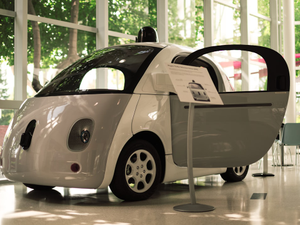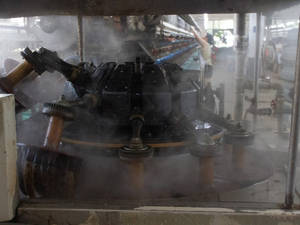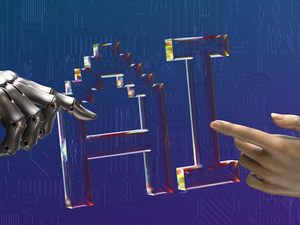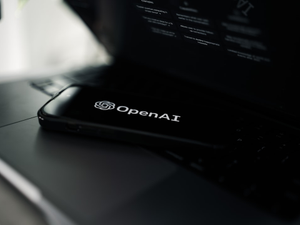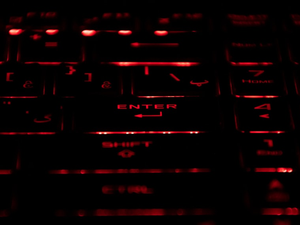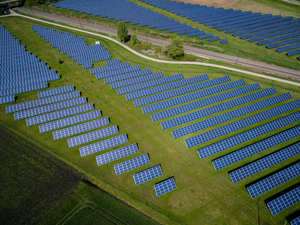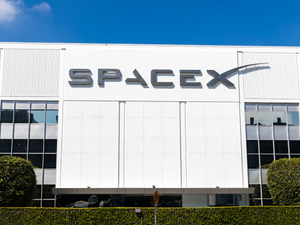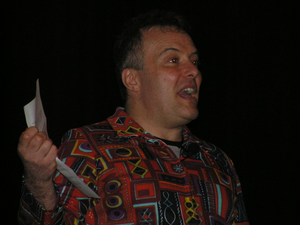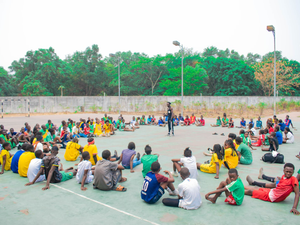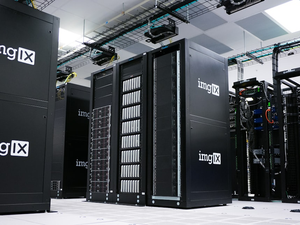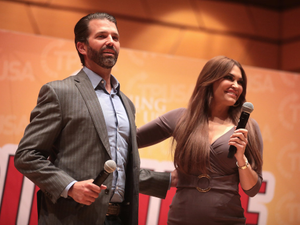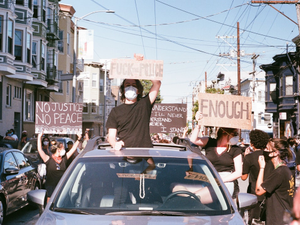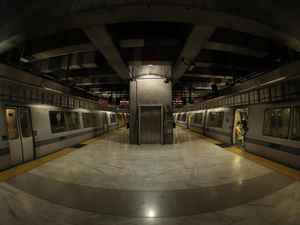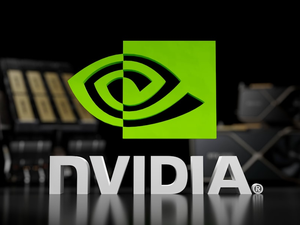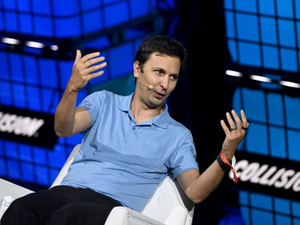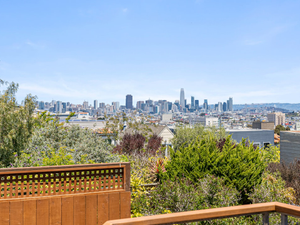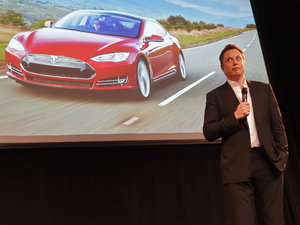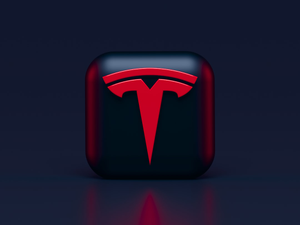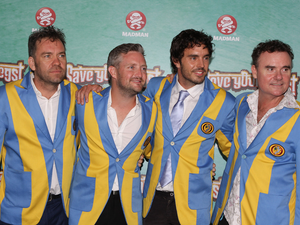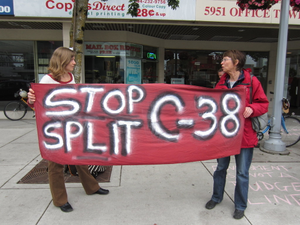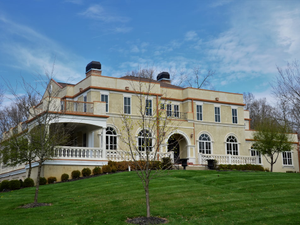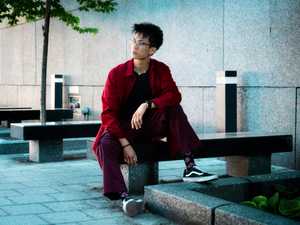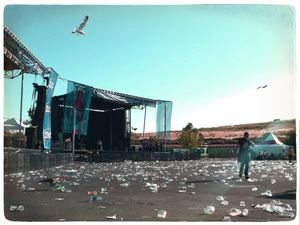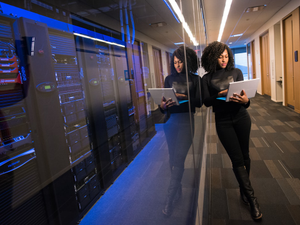Waymo Vandalism: When Tech Frustration Boils Over in San Francisco

Photo by Kirill Tonkikh on Unsplash
In a shocking display of urban tech rage, a pedestrian in San Francisco’s South of Market neighborhood unleashed his frustration on a Waymo autonomous vehicle, transforming a routine traffic moment into a dramatic scene of destruction.
The incident unfolded when the self-driving vehicle inexplicably stopped in moving traffic, becoming an unexpected target for an individual’s intense anger. Video footage captured the entire confrontation, showing the man climbing onto the vehicle’s hood and systematically attacking it.
Starting with aggressive kicks to the windshield and removing the windshield wipers, the man escalated his assault when a passenger attempted to intervene. Undeterred, he then began striking the vehicle with his belt, eventually smashing through the windshield with his feet and walking across the car’s roof near its LIDAR sensor.
This isn’t an isolated incident in San Francisco’s complex relationship with autonomous vehicles. Recent months have seen growing tensions between residents and self-driving technology, with multiple reports of vandalism and frustration towards Waymo and other autonomous vehicle companies.
The lack of response from both Waymo and the San Francisco Police Department suggests a potential systemic issue in addressing public concerns about self-driving technology. As autonomous vehicles become increasingly prevalent in urban landscapes, incidents like these highlight the ongoing social friction between technological innovation and human perception.
While the motivations behind this particular act of vandalism remain unclear, it underscores the broader challenges faced by autonomous vehicle companies in gaining public trust and acceptance. The incident serves as a stark reminder that technological advancement doesn’t always translate smoothly into everyday urban experiences.
As San Francisco continues to be a testing ground for autonomous vehicle technology, such confrontations may become more frequent, necessitating deeper conversations about integration, safety, and public perception of emerging transportation technologies.
AUTHOR: mei
SOURCE: SFist
